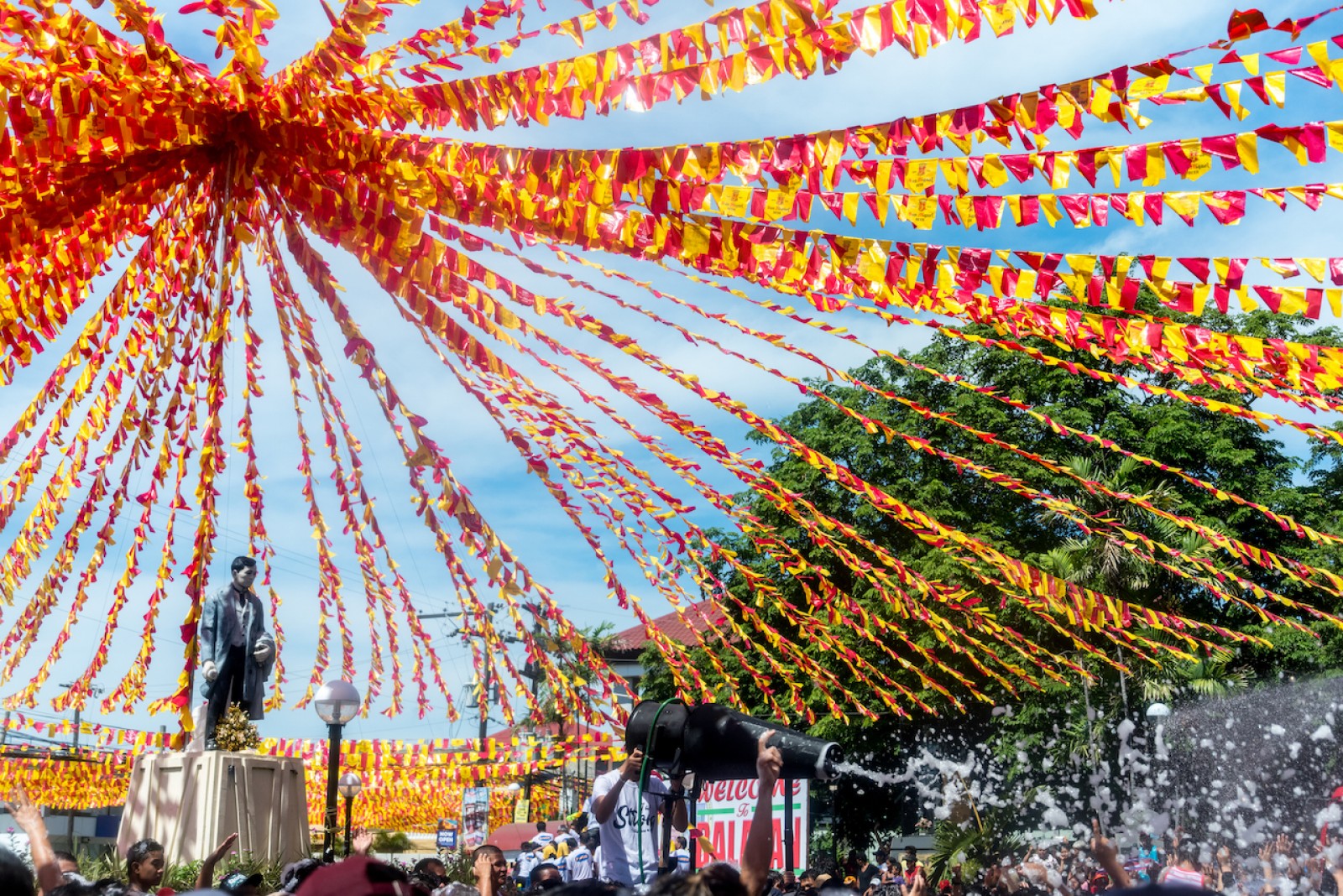How to Make your Brand Stand Out
Being a newbie in any industry is tough, most especially in the cutthroat world of food and bever-ag...

September 14, 2021
The roast pig or lechon is a sign of celebration in Philippine culture. Whether it’s a birthday party or a religious festival, it will always be there—glistening golden brown—right at the center of the dining spread. But in one unassuming municipality in Batangas, the lechon itself is the cause of the celebration.
Balayan’s Lechon Festival happens every June 24. It is one of several ‘fiestas’ in the Philippines that celebrate St. John the Baptist. But how exactly does a prophet relate to roast pigs?
The history of the Lechon Festival dates as far back as the Spanish colonial period. Around that time, Balayan used to be one of the most developed towns in the region until a Taal Volcano eruption devastated a large portion of it, changing people’s fortunes. After the catastrophe, families who experienced providence began offering thanks to their patron saint on his feast day by cooking a pig. The roasted pig would then be paraded through the town plaza where the church is located.
Through the years, people became much more prosperous, prompting more and more lechons to be presented, becoming the massive celebration that it is today. In 1959, the Hermandad San Juan Bautista (Brotherhood of St. John the Baptist) was established to oversee the spectacle. What used to be a daylong mouthwatering commemoration became a two-week fete that comprised sports contests, talent shows, races, beauty pageants, concerts, and more. The highlight, however, continues to be the Parada ng Lechon, which culminates on June 24.
There are two major events to look forward to during Balayan’s Parada ng Lechon:
1. The Basaan
Dousing water is commonplace in fiestas that are dedicated to St. John the Baptist. Thewater symbolizes St. John the Baptist’s baptizing of Jesus; it is also considered a purifying rite. Residents prepare drams of water, water guns, buckets, hoses, and all sorts of paraphernalia just for this giant water fight. Anyone who walks along the street during basaan days will likely get wet. It’s all good fun, of course! Make sure to keep your gadgets waterproofed (or leave them at home) and to wear appropriate clothing.
2. The Parade of Pigs
If you thought you’d be seeing a line of roasted pigs on a stake and that was it, then you’ve come to the wrong festival. Though that may have been how things started, the Parada ng Lechon has taken a much quirkier turn. Instead of the usual giant floats, motorcars parade lechons in fun costumes that usually reference pop culture—local superhero figure Darna, Taiwanese boy band F4, Jamaican icon Bob Marley, and more. The resulting visual is a little weird, a bit unnerving, but wholly entertaining.
Things can get rowdy as onlookers tend to crowd the pigs to sneak a better look, or, more often than not, a big bite.
The lechons featured in the parade usually don’t escape the might of water dousers (as well as the actual display), but fortunately, there are so many more roasted pigs to go around, from households inviting revelers for a quick bite to restaurants initiating tourists to the delicacies of Batangas. Is there really a more delicious way to celebrate a feast day?
Check out these food fusions between Filipino and Middle Eastern cuisines
The unending quest for healthy and sustainable food amid changing lifestyles
A quick look at the Philippine food staple often getting a bad health rap